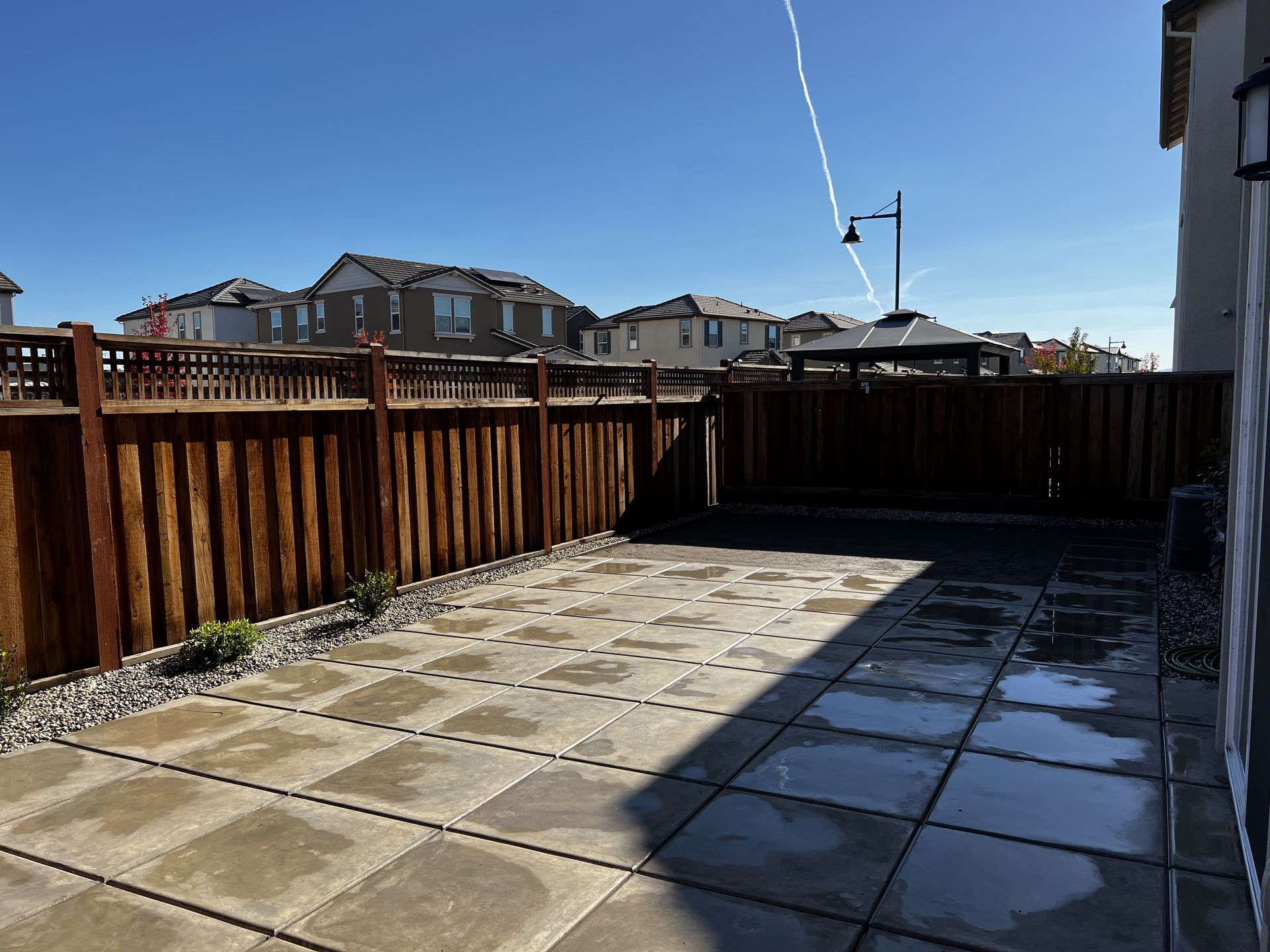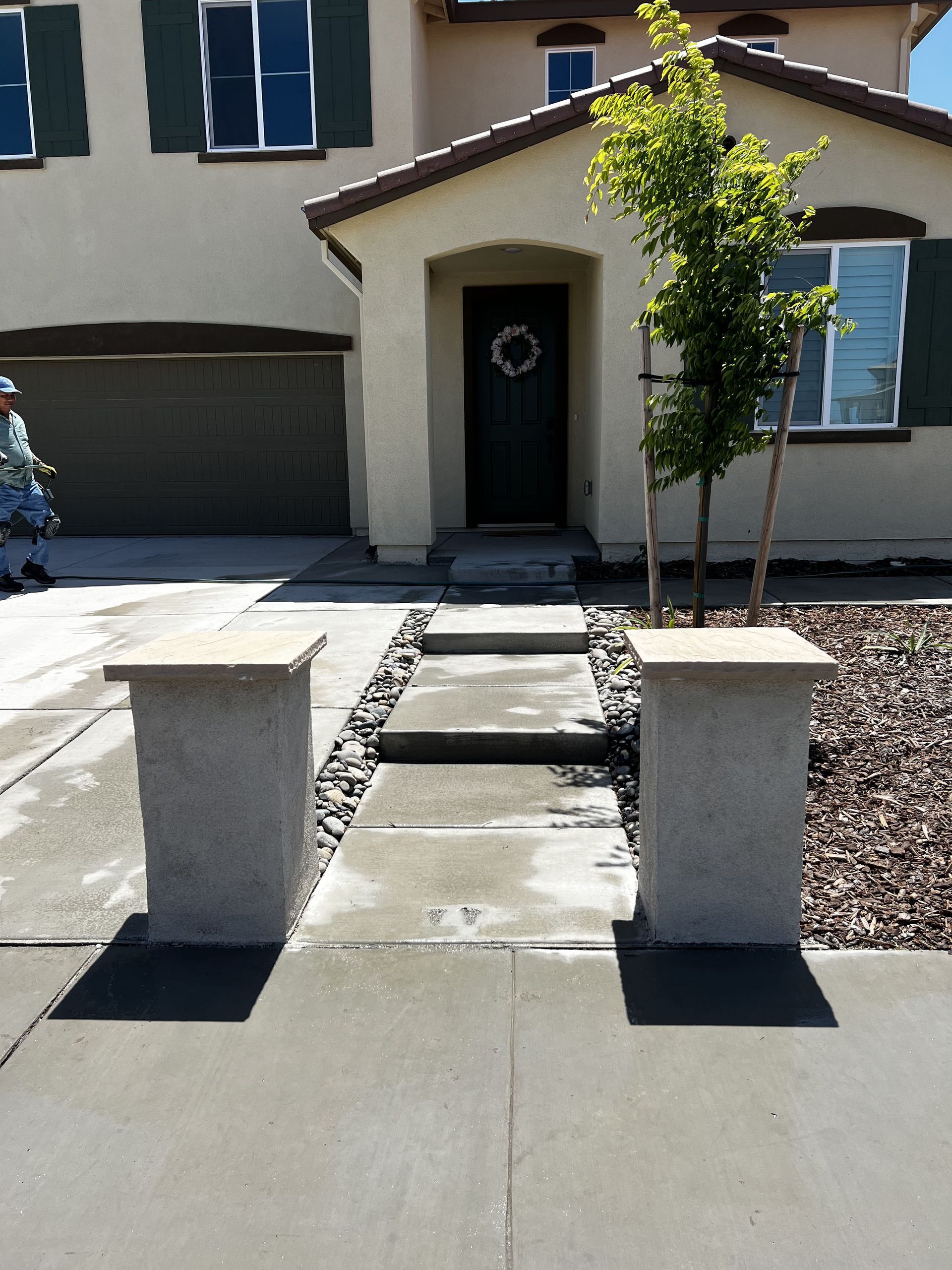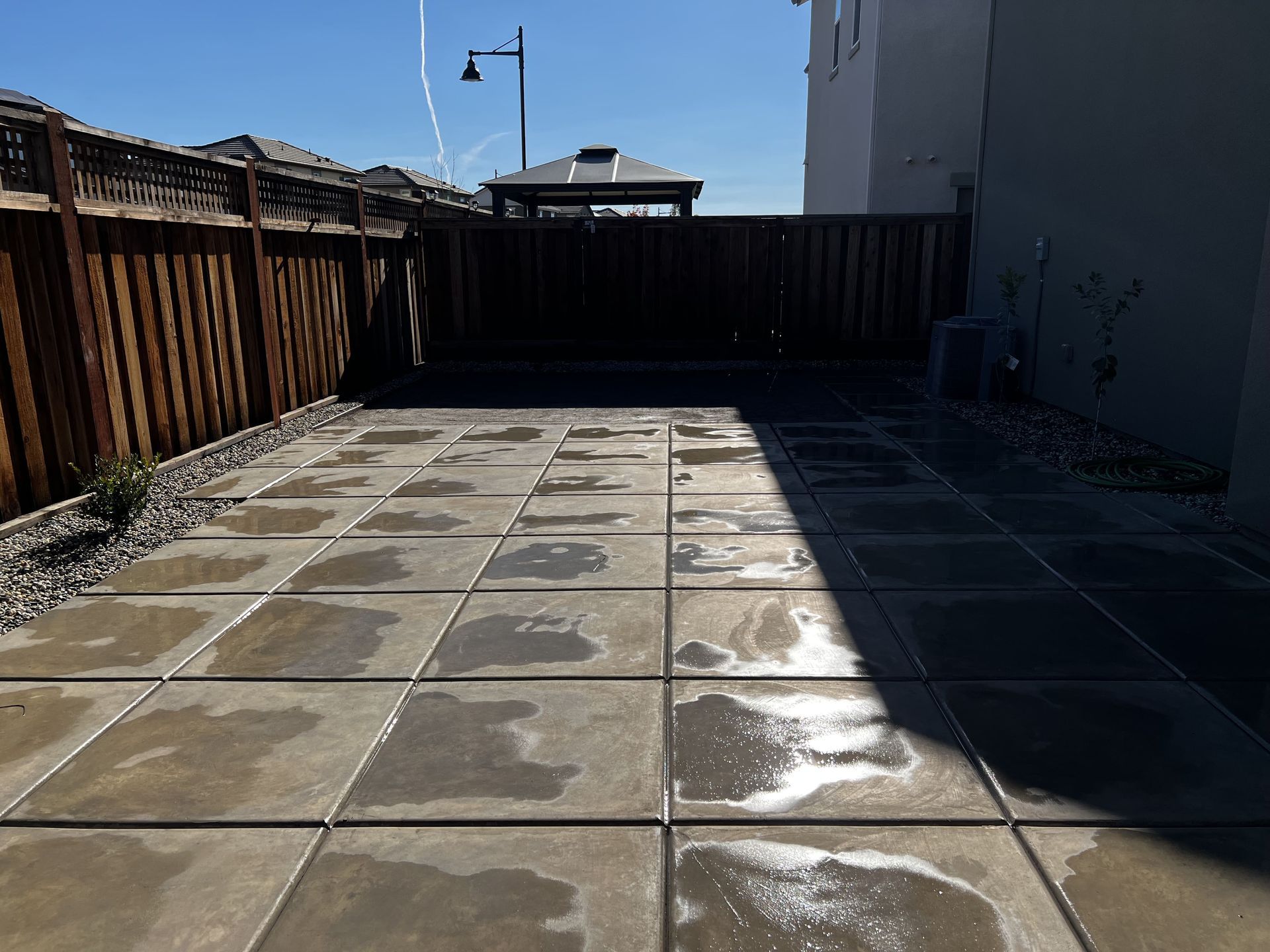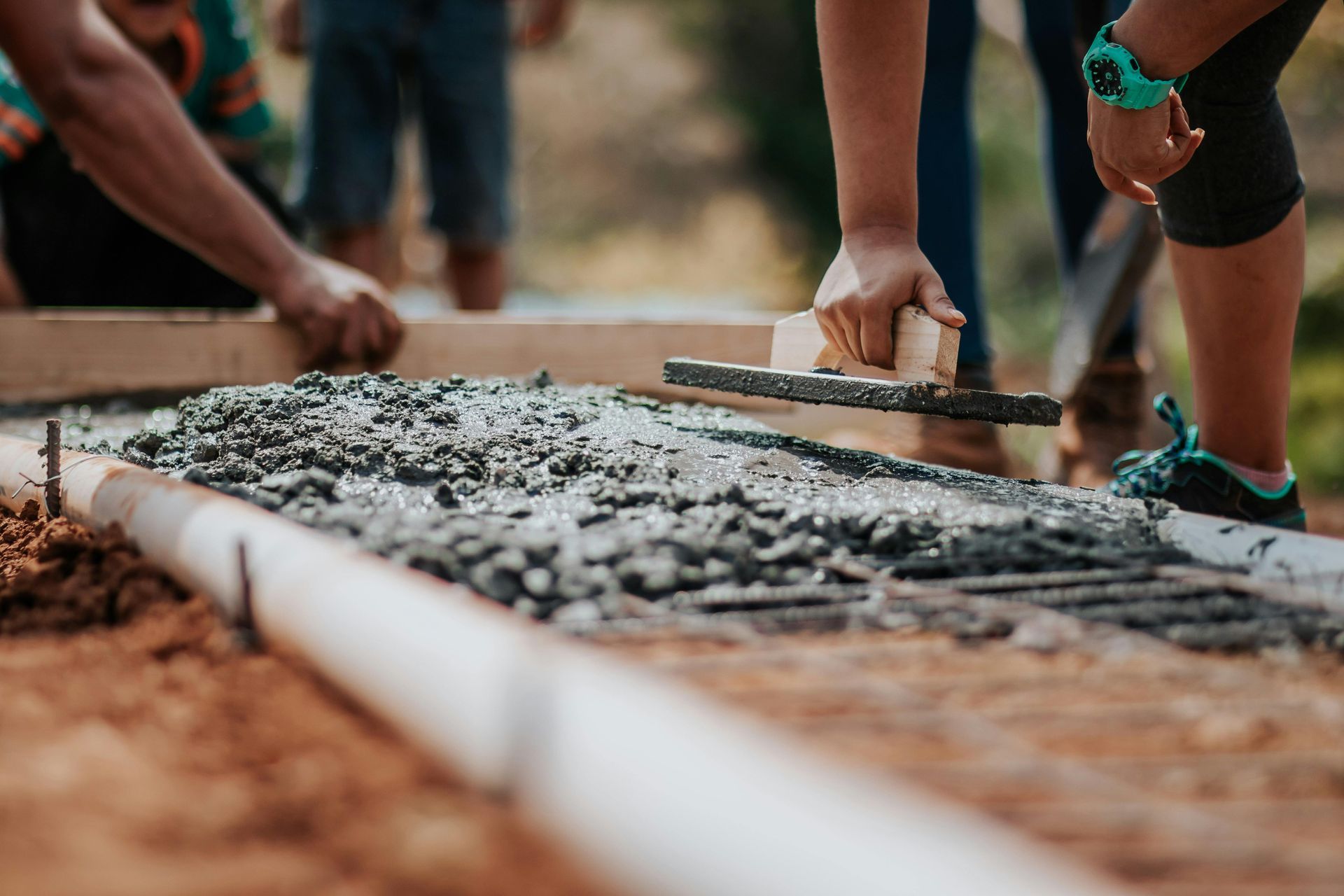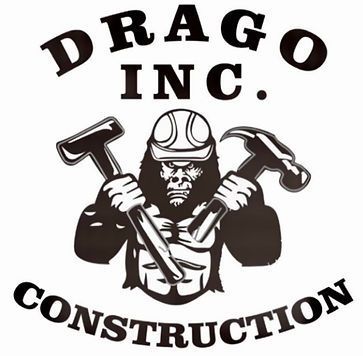Drying Concrete vs. Curing: What You Really Need to Know
When most people pour a new driveway, patio, or foundation, the first thing they ask is: “How long does it take for concrete to dry?” But here’s the truth, concrete doesn’t actually dry the way you might expect. Instead, it cures. And the difference between drying concrete and curing cement is one of the most important things to understand if you want a strong, long-lasting surface.
Let’s break down the science behind cement drying, what really happens during the curing process, and answer common questions like “How does concrete dry?” and “Does concrete need air to cure?” Let’s dive in.
How Does Concrete Dry?
Concrete is made from a mixture of cement, water, sand, and gravel. When water is added, a chemical reaction called hydration begins. This reaction is what makes concrete harden and gain strength over time.
Here’s the key point: when we talk about “concrete drying,” it’s easy to assume that it hardens because water evaporates. In reality, concrete gains strength through hydration, not evaporation. That’s why professionals don’t talk about drying concrete, they talk about curing concrete.
If the surface loses water too quickly, the chemical reaction can’t complete, leaving the concrete brittle and weak. This is why curing is such an essential step in the process.
Drying vs. Curing: What’s the Difference?
Although people often use “drying” and “curing” interchangeably, they mean very different things:
- Drying Concrete – Refers to water evaporating from the surface. It makes concrete look set and even walkable within a short time, but this doesn’t mean it has reached its full strength.
- Curing Concrete – Refers to the long-term chemical process of cement reacting with water. Proper curing allows concrete to reach maximum durability and prevents problems like cracks, scaling, or premature failure.
Think of it this way: drying concrete is about appearance, while curing is about performance. A concrete slab might look dry on the surface within a day or two, but the curing process continues for weeks or even months. This difference between drying vs. curing is crucial if you want to avoid costly mistakes.
Does Concrete Need Air to Cure?
One of the most common misconceptions about cement drying is that concrete needs exposure to air to cure. The truth? Concrete doesn’t need air, it needs moisture.
The hydration process happens when cement and water bond together, and it only continues as long as there is enough moisture in the mix. If the surface dries out too quickly, hydration slows or stops, leaving the concrete weak and prone to cracking.
That’s why builders often use techniques like:
- Misting the surface with water regularly
- Covering concrete with plastic sheeting to trap moisture
- Applying curing compounds to slow evaporation
All of these methods help retain moisture and keep the curing process going strong.
Why Curing Matters More Than Drying
Focusing on drying concrete instead of curing is one of the biggest mistakes people make. When concrete dries too fast, you may end up with:
- Cracks in the surface
- Weak spots that can’t handle heavy loads
- Uneven or brittle finishes
- Long-term durability issues
On the other hand, when concrete is properly cured, it develops the strength and density it needs to handle cars on a driveway, hold up patios and walkways, or support the foundation of your home.
The curing process is what transforms a vulnerable, fresh pour into the strong, durable material concrete is known for.
How Long Does Concrete Take to Cure?
While you’ll often hear that concrete “dries” within 24 to 48 hours, that’s really just the initial setting phase. At this point, you can usually walk on it, but the curing process is just beginning.
Concrete typically continues to cure for several weeks, with most of its strength developing within the first 28 days. However, depending on weather conditions, project size, and thickness, curing can continue long after that.
This is why professionals stress that concrete should be protected during the curing stage. Too much sun, wind, or heat can speed up evaporation, leaving you with a weaker final product.
Pro Tips for Stronger Concrete
If you want to get the most out of your concrete project, keep these tips in mind:
- Don’t rush it – Avoid putting heavy vehicles or equipment on your new concrete too soon.
- Keep it moist – Remember, curing requires water. Use moisture-retention methods to support the hydration process.
- Understand drying vs. curing – Just because concrete looks dry doesn’t mean it’s ready for full use.
- Work with professionals – Every project is different, and a concrete expert will know the right approach for your specific conditions.
Final Thoughts
The next time you wonder, “How does concrete dry?” remember that the answer is more complex than it seems. Concrete drying is about moisture leaving the surface, while concrete curing is the chemical process that gives it lasting strength.
And if you’ve ever asked, “Does concrete need air to cure?”, now you know: it needs moisture, not air. Keeping your concrete properly cured is the key to long-term durability, whether it’s for a driveway, patio, foundation, or retaining wall.
By understanding the difference between drying concrete vs curing cement, you’ll protect your investment and ensure your concrete project lasts for years to come.

